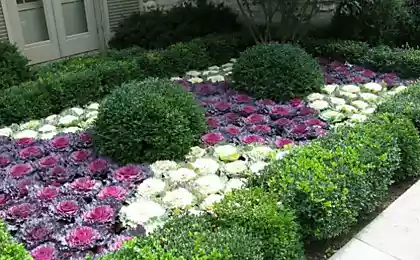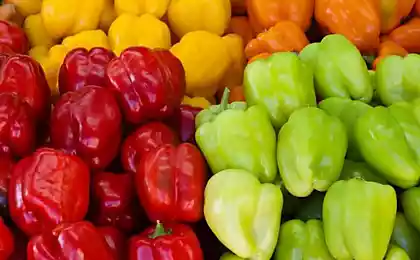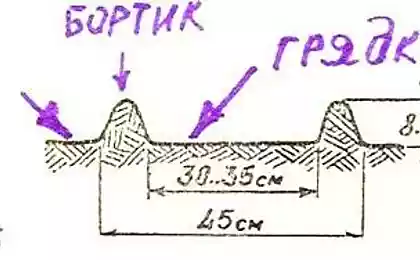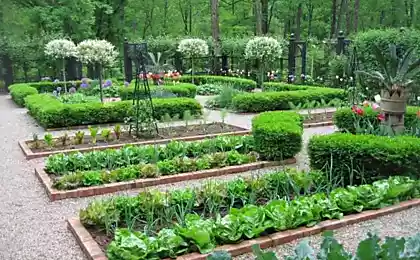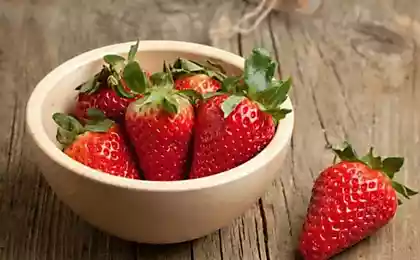449
Ornamental pepper: cultivation and care
Ornamental pepper, or capsicum, or annual capsicum (Capsicum annuum) of the nightshade family comes from Central and South America, East Asia. This plant with a pungent taste of the fruit is also called the "Cayenne pepper", "vegetable pepper, Mexican pepper"; in many countries it is used as a spice (the green part of the plants are poisonous).
Grown indoors ornamental pepper is an original decoration of a bright kitchen window sill.
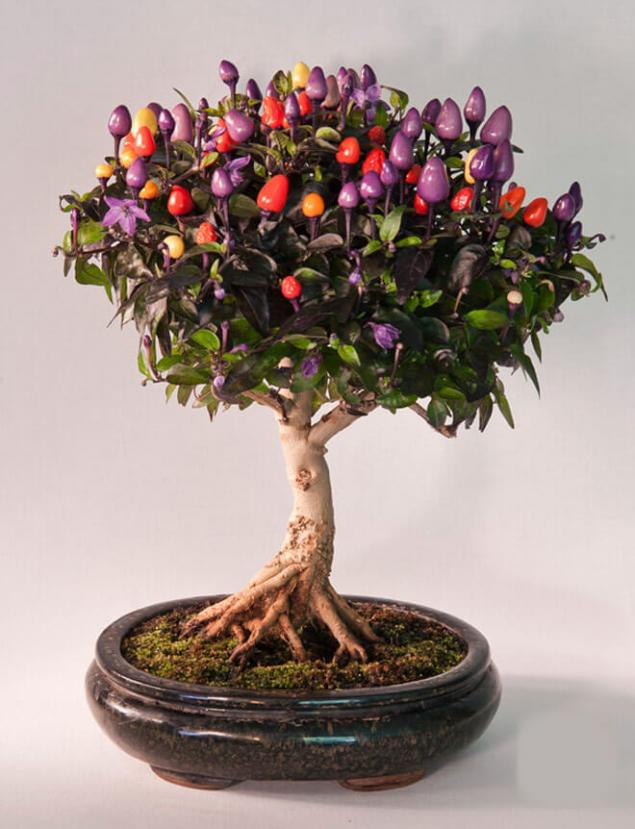
Existing varieties:
The genus includes about 10 species. There are perennials and shrubs. Vary the structure of leaves, number of flowers, how to group them etc. In countries with a level climate tropical plant grown as a vegetable. They are also grown as annuals. We are mainly grown for decoration. It is also believed that the plant creates an atmosphere of harmony.
The pepper plant (Capsicum annuum) stems up to 90 cm in height. May be direct or sinuous, glabrous or downy, cylindrical in the lower part. The branches quadrangular form. The leaves are paired, or the lower alternate, ovate to lanceolate status, upward pointed, with a wedge-shaped form of the base, 2-13 cm in length, top color dark green, below — lighter.
Flowers are most often solitary. The peduncle grows or becomes drooping. Form calyx campanulate to vocalcity, including 5 short teeth, covering the base of the fruit. Color of Corolla white, maybe off-white, there are purple varieties. with 5 ovate, pointed blades of the limb. The size of the fruit is 5-12 cm in length, up to 8 cm in thickness, vary in size, shape and color. Can be ovoid, cylindrical, spherical, conical, orange, yellow, bright red, brown, black and purple. The taste is different – starting with sharp and sweet ending.
Care rules:
Requires high temperatures. Summer is 18 degrees Celsius, in winter – from 10. Lighting should be direct sun, bright diffused. Can grow in bright, but not Sunny, a constantly closed room. The grade of black pepper is developing normally in the Umbra and penumbra. In the winter, needs moderate watering, and in summer abundant. Every day requires spraying. Spring produce multiplication of pepper. Suitable seeds, and the apical division.
Spring produces a transplant. Soil mixture should consist of loam, leaf soil, peat, sand (in the ratio 1:1:1:¼). Spring and summer make feeding. It consists of 1 time per 14 days, is based on mineral and organic fertilizers.
Fall and winter feeding do not produce. In the spring, produce a trim, at least half or two third length. In the summer, subject to availability, the plant bring to the open air. The plant harmful to insects, get rid of them through agents sold in all stores of floriculture. published
P. S. And remember, only by changing their consumption — together we change the world! ©
Join us in Facebook , Vkontakte, Odnoklassniki
Source: vk.com/public47900340?w=wall-47900340_178871
Grown indoors ornamental pepper is an original decoration of a bright kitchen window sill.

Existing varieties:
The genus includes about 10 species. There are perennials and shrubs. Vary the structure of leaves, number of flowers, how to group them etc. In countries with a level climate tropical plant grown as a vegetable. They are also grown as annuals. We are mainly grown for decoration. It is also believed that the plant creates an atmosphere of harmony.
The pepper plant (Capsicum annuum) stems up to 90 cm in height. May be direct or sinuous, glabrous or downy, cylindrical in the lower part. The branches quadrangular form. The leaves are paired, or the lower alternate, ovate to lanceolate status, upward pointed, with a wedge-shaped form of the base, 2-13 cm in length, top color dark green, below — lighter.
Flowers are most often solitary. The peduncle grows or becomes drooping. Form calyx campanulate to vocalcity, including 5 short teeth, covering the base of the fruit. Color of Corolla white, maybe off-white, there are purple varieties. with 5 ovate, pointed blades of the limb. The size of the fruit is 5-12 cm in length, up to 8 cm in thickness, vary in size, shape and color. Can be ovoid, cylindrical, spherical, conical, orange, yellow, bright red, brown, black and purple. The taste is different – starting with sharp and sweet ending.
Care rules:
Requires high temperatures. Summer is 18 degrees Celsius, in winter – from 10. Lighting should be direct sun, bright diffused. Can grow in bright, but not Sunny, a constantly closed room. The grade of black pepper is developing normally in the Umbra and penumbra. In the winter, needs moderate watering, and in summer abundant. Every day requires spraying. Spring produce multiplication of pepper. Suitable seeds, and the apical division.
Spring produces a transplant. Soil mixture should consist of loam, leaf soil, peat, sand (in the ratio 1:1:1:¼). Spring and summer make feeding. It consists of 1 time per 14 days, is based on mineral and organic fertilizers.
Fall and winter feeding do not produce. In the spring, produce a trim, at least half or two third length. In the summer, subject to availability, the plant bring to the open air. The plant harmful to insects, get rid of them through agents sold in all stores of floriculture. published
P. S. And remember, only by changing their consumption — together we change the world! ©
Join us in Facebook , Vkontakte, Odnoklassniki
Source: vk.com/public47900340?w=wall-47900340_178871
More complicated version of the exercise "plank"
Find out how to make the soil more fertile without chemicals




